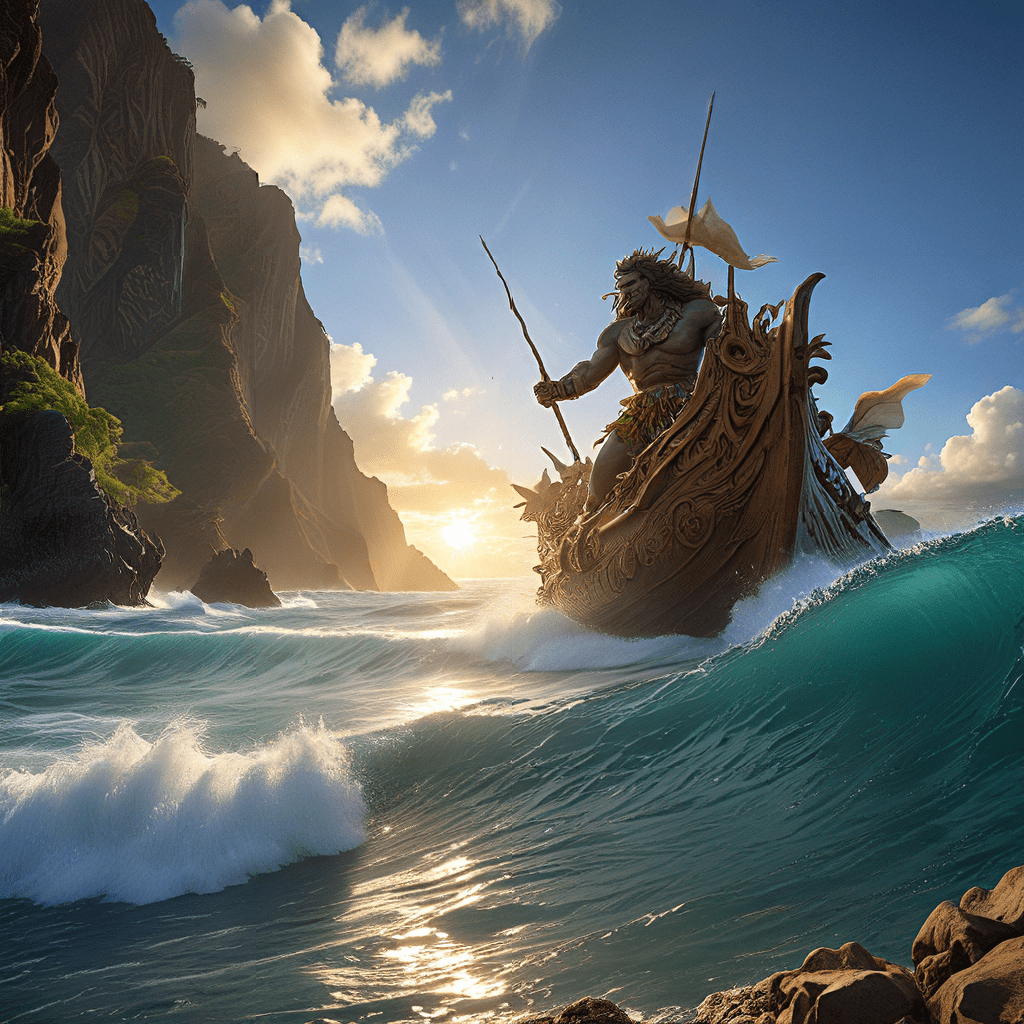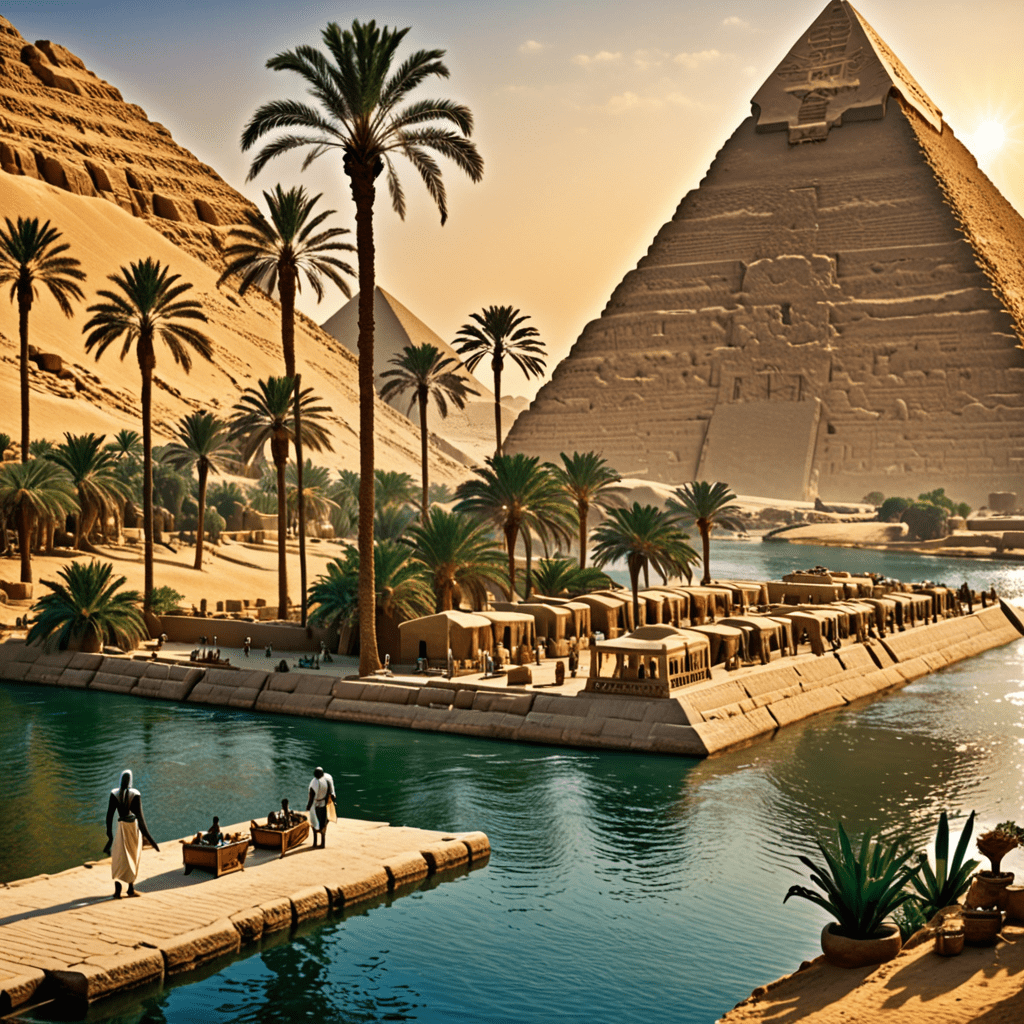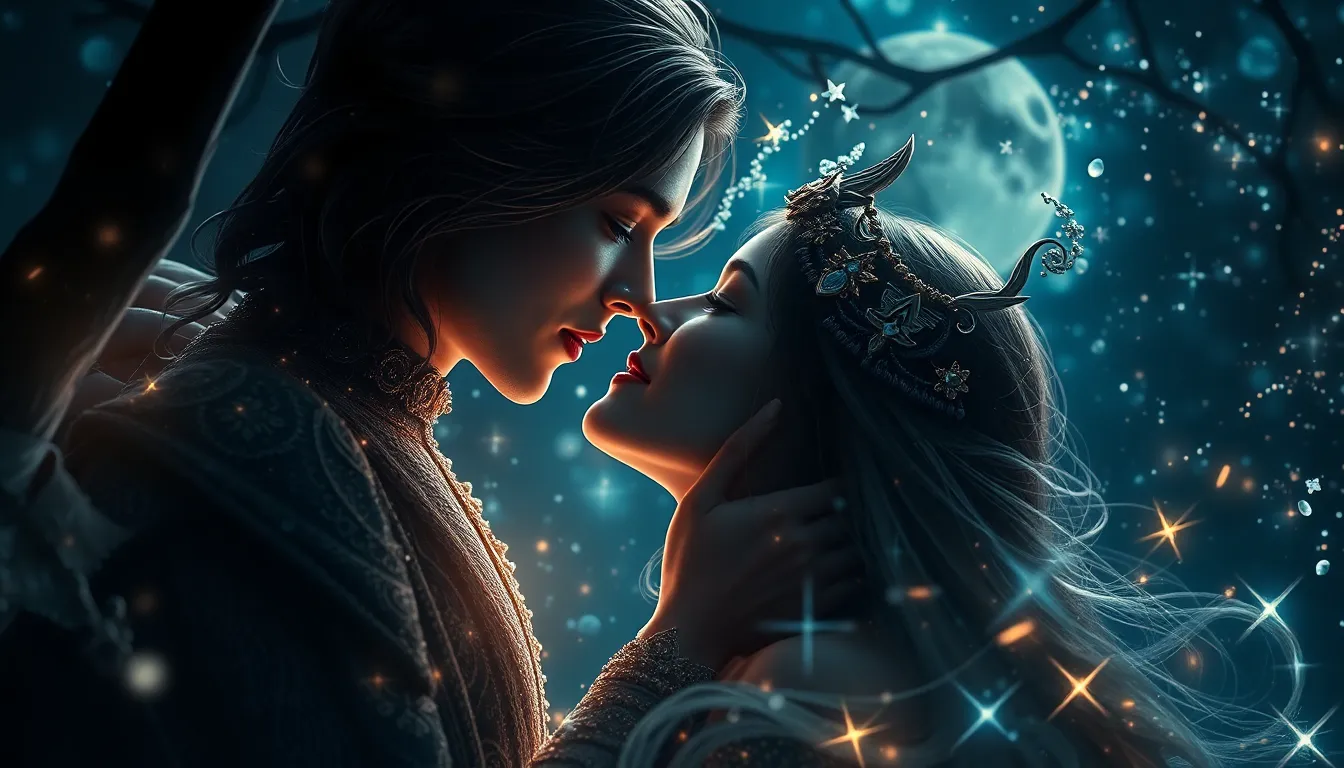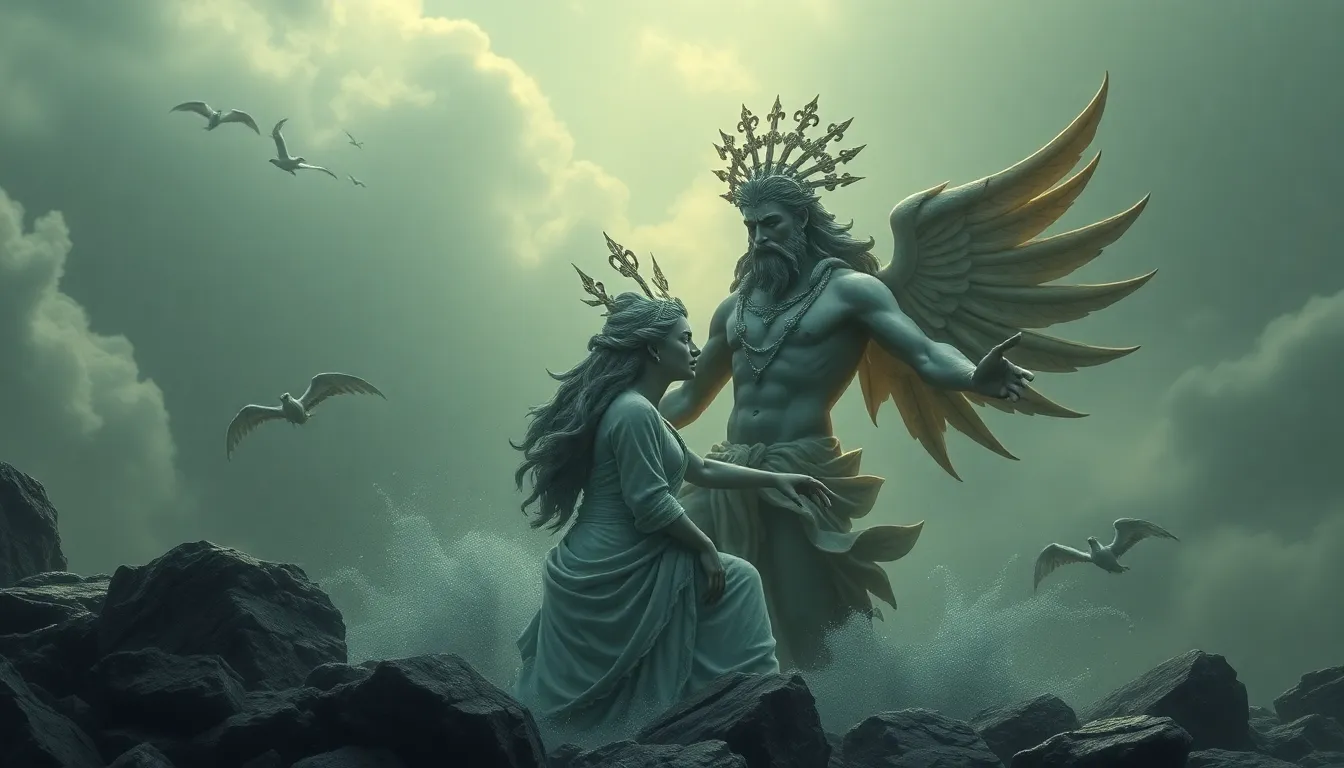Mythology of the Hawaiian Seas
The waters surrounding the Hawaiian Islands are steeped in myth and legend. For centuries, the ancient Hawaiians developed a rich and intricate mythology that intertwined with their deep respect for the ocean and its creatures. Unlike many cultures that view the ocean as a source of danger, the Hawaiians saw the sea as a life-giving force. Their mythology is filled with tales of powerful deities, shapeshifting creatures, and benevolent spirits that inhabit the ocean's depths. These stories served as a way to explain natural phenomena, teach cultural values, and connect generations to their ancestors and the natural world.
The Importance of Sea Creatures in Hawaiian Culture
For the ancient Hawaiians, the ocean was not just a source of food, but a sacred and vital part of their existence. Fish, seabirds, and marine mammals played a crucial role in their diet and economic well-being. Their relationship with the sea was deeply intertwined with their spiritual beliefs, and many sea creatures were seen as powerful symbols. For example, sharks were both feared and revered, while the humuhumunukunukuapua’a (triggerfish) was believed to bring good luck.
The Hawaiian Creation Myth and the Ocean
The Hawaiian creation myth tells the story of how the islands were formed from the volcanic eruptions of the goddess Pele. However, the myth also acknowledges the importance of the ocean in creating life. It states that the first humans were created from the water, and that the ocean provided the nourishment and resources necessary for their survival. The creation myth emphasizes the interconnectedness of land and sea, and the importance of respecting both.
Aumakua: Spirit Guardians of the Sea
Aumakua were ancestral spirits or deities that protected individuals, families, and communities. Many Aumakua were associated with the sea, taking the form of sharks, sea turtles, dolphins, or other marine creatures. These powerful spirits were believed to guide, protect, and provide for those who honored them. Offerings of food, flowers, and prayers were made to the Aumakua to appease them and ensure their continued favor.
The Role of Sharks in Hawaiian Mythology
Sharks hold a special place in Hawaiian mythology. They are viewed as both feared predators and respected guardians of the ocean. In some tales, sharks are portrayed as vengeful spirits, punishing those who disrespect the sea. However, in other stories, sharks are seen as protectors and companions. The belief that a shark might be a guardian spirit or aumakua gave them an almost sacred status. Respect for sharks was critical for safety and well-being.
The Legend of the Mo’o: The Shapeshifting Lizard-Like Creature
The Mo'o is a prominent figure in Hawaiian mythology, often described as a lizard-like creature with supernatural powers. However, the Mo'o was not just a lizard, but a shapeshifter. They could take on the form of humans, animals, or even inanimate objects. In some stories, the Mo'o is a benevolent spirit, protecting the land and its people. But in other tales, they are depicted as mischievous or even malevolent creatures, capable of causing harm to those who disrespect them.
The Mo'o often guarded sacred places like waterfalls, caves, and forests. Their presence signified the importance of respecting the natural world and its spiritual significance. Stories of the Mo'o taught the Hawaiians about the importance of reverence for nature, the balance of power, and the potential consequences of actions that disrupted the harmony between humans and the spirit world.
The Humuhumunukunukuapua’a: A Fish of Great Significance
The Humuhumunukunukuapua'a, also known as the triggerfish, is a colorful and striking fish that holds a special place in Hawaiian culture. Its name, the longest word in the Hawaiian language, reflects the fish's unique appearance and importance. The triggerfish is the official state fish of Hawaii, reflecting its deep connection to the islands' cultural identity.
While some associate the triggerfish with bringing good luck, its significance extends beyond that. The triggerfish, much like the Mo'o, was associated with certain places and could be viewed as a guardian of those locations. It also symbolized the beauty and diversity of the Hawaiian marine ecosystem. The triggerfish was not just a fish, but a creature embodying the spirit of the islands and their relationship with the sea.
The Legend of the Menehune: Tiny People of the Sea
According to Hawaiian mythology, the Menehune were a race of small, magical people who lived in the forests and along the shores of the islands. These beings were known for their exceptional skills in construction and crafts. They were believed to work tirelessly throughout the night, creating incredible structures and feats of engineering.
The Menehune are often associated with the construction of ancient Hawaiian fishponds, irrigation systems, and even some of the islands' sacred sites. These stories are passed down through generations, reminding people of the ancient knowledge and ingenuity of their ancestors. The Menehune represent a connection to the past, showcasing the creativity and resourcefulness of the Hawaiian people. They also embody the importance of community and collaboration, illustrating the power of working together to achieve great things.
Theories on the Origins of Hawaiian Sea Myths
The origins of Hawaiian sea myths are a topic of ongoing debate among scholars and researchers. Some believe that the stories evolved over time, drawing inspiration from real-world experiences and observations of the ocean and its creatures. For example, the tales of sharks could have originated from encounters with these powerful predators, leading to both fear and respect.
Others theorize that these myths were inspired by the interactions of early Hawaiians with other cultures who had their own seafaring traditions and beliefs. It's possible that these encounters led to the exchange of ideas and stories, which later evolved into the unique mythology of the Hawaiian Islands.
The Role of Environmental Factors in Shaping the Myths
The Hawaiian Islands are home to a diverse and vibrant marine environment, which undoubtedly played a role in shaping the myths and legends of the sea. The presence of unique species, such as sharks, sea turtles, and fish like the triggerfish, inspired stories about their powers and significance. The dramatic landscapes, including volcanic formations, waterfalls, and deep ocean trenches, also fueled the imagination and contributed to the creation of myths about mythical creatures and spirits.
The ocean's power, from the gentle waves to the fury of storms, taught the ancient Hawaiians about the unpredictable nature of the sea. This respect for the ocean's power is reflected in their mythology, where the ocean is depicted as both a source of life and a force to be reckoned with. The Hawaiian sea myths not only provide insights into the rich cultural heritage of the islands, but also offer a glimpse into the deep connection between humans and the natural world.
FAQ:
What are some of the most famous mythical creatures of the Hawaiian Seas?
- Mo'o: A shape-shifting creature with supernatural powers.
- Aumakua: Spirit guardians of the sea who could take the form of sharks, sea turtles, or other creatures.
- Menehune: Tiny people who lived in the forests and along the shores, known for their skills in construction.
- Humuhumunukunukuapua'a: The triggerfish, which symbolizes the beauty and diversity of the Hawaiian marine ecosystem.
How did the Hawaiian people view the ocean?
- The Hawaiians viewed the ocean as a sacred and life-giving force. They respected the sea and its creatures, integrating them into their culture and mythology.
What are some of the themes found in Hawaiian sea myths?
- Respect for the natural world: Many stories emphasized the importance of respecting the ocean and its creatures.
- The balance of power: Myths often depicted the ocean as a source of both life and danger, reminding people of the delicate balance between humanity and nature.
- Spiritual connection: The myths emphasized the spiritual connection between humans and the ocean, with stories about ancestral spirits, guardian deities, and mythical creatures.
Why is it important to learn about Hawaiian sea myths?
- These myths offer insights into the rich cultural heritage of the Hawaiian Islands and the history of their relationship with the ocean.
- They provide a window into the ancient beliefs and values of the Hawaiian people, their connection to the natural world, and their understanding of the power and mystery of the sea.



